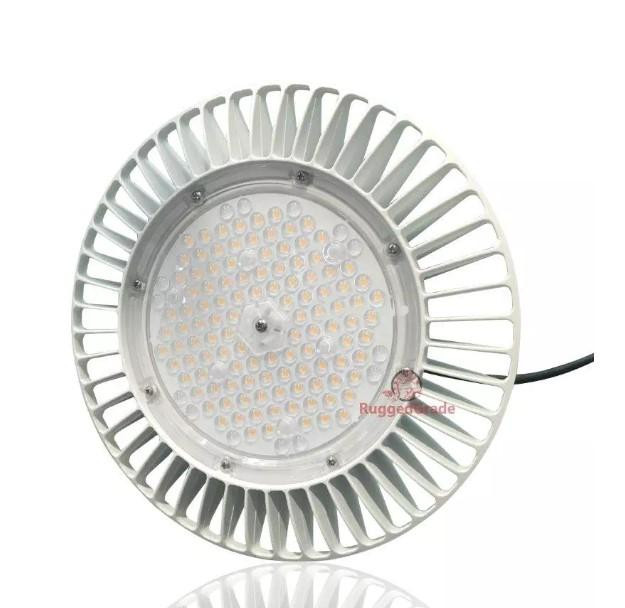8 Benefits of LED Lighting
LED lighting represents the latest progress in the lighting sector. The energy capacity and considerable lifespan of LED technology hold all the potential for converting the way organizations brighten their facilities by reducing the cost of electricity and total energy consumed.
What Is LED lighting?
LED stands for light-emitting diode. An LED is a semiconductor device that creates light through a process called electroluminescence. When you transfer an electric current by the semiconductor substance, it generates visible arena lights. As such, an LED stands exactly opposite a photovoltaic cell, which is the cell consumed by solar arrays to change visible light into electricity.
Benefits of LED Lighting
LED lighting gives so many advantages to industrial and commercial businesses that are interested in minimizing their energy consumption and costs. Here are a few benefits of led light bulbs:
1. Long Lifespan
Compared to the lifespan of your average bulb, the lifespan of a LED light is far better. The average incandescent bulb lasts at least a thousand hours. The lifespan of a normal LED light is 50,000 hrs. Depending on how you consume it, its life might be as long as 100,000 hours. This means that an LED light can last anywhere from six to 12 years before you need to change it. That is 40 times extra than an incandescent bulb.
2. Energy Efficiency
Another one of the leading LED warehouse lights benefits is their energy-efficient operation. You can calculate the energy efficiency of a lighting source in useful lumens, which defines the portion of the lighting that the device releases for each unit of power, or watt, that the bulb uses. In the past, we calculated light by how many lumens it generated, but the reality is that few of these lumens go to waste. LED lighting extracts less waste light and more useful lumens than other lighting technologies.
3. Improved Environmental Performance
It is becoming increasingly vital for companies to occur eco-friendly. Consumers quickly want environmentally friendly choices, and utilizing an environmentally friendly light source can help companies alleviate their energy utilization, as well as attract a socially aware customer base.
4. The Capacity to Work in Cold Conditions
Traditional lighting sources don’t, such as cold season. When the temperature falls, lighting sources, especially fluorescent lamps, need a higher voltage to begin, and the rapidity of their light reduces.
5. No Heat or UV Emissions
If you have ever tried to change an incandescent light bulb right after it goes out, you cognize how warm they get when they are in utilize.
LEDs releases almost no heat, and most of the light they release is under the visible spectrum. This feature is one cause that medical experts are looking at LEDs as a possible solution for Seasonal Affective Disorder (SAD), which affects many persons during the darkest months of the year.
6. Design Flexibility
LEDs are very tiny. This means that they can be used in almost any appliance. Remember, their exact use was as an indicator light in an electricity board. If you join them in bunches, you make a traditional bulb. If you string together a series of LED lights, you make a line or series of lights — like a string of Christmas battery backup lights.
7. Immediate Lighting and the Capability to Withstand Frequent Switching
If you are searching for a light that requires to come on quickly, pick LED lighting. LED lights can turn on and off frequently. If you are using a metal halide lamp, for instance, you need to be prepared for a warm-up period. Think of how a fluorescent light flickers when you turn it on and often takes two or three seconds before it is totally lit. These are some of the complications that can be circumvented by establishing LED lights.
Also, traditional lighting sources have a lower lifespan if you continuously switch them on and off. LED lights are not affected by continuous switching. It does not cause any deduction in their lifespan or capacity.
8. Dimming Capabilities
LEDs work well at almost any power percentage, from about 5% to 100%. Few of the lighting sources, such as metal halide, perform minimum efficiency when dimmed. Generally, you cannot dim them at all.
The vice-versa is true for LED lighting. When you consume less-than-full power on an LED light, it works more efficiently. This feature leads to other advantages, as well. It increases the lifespan of the bulb, and it means that you are consuming less energy, thereby lowering your energy costs.
For More Info:-parking lot light coverage area

Comments
Post a Comment